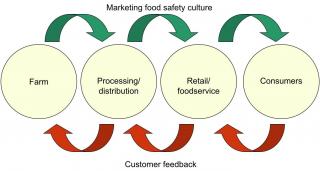
Starting a sentence with, ‘well’ may be how people talk but it’s just sloppy writing.
And terrible writing is proliferating all over the Internet.
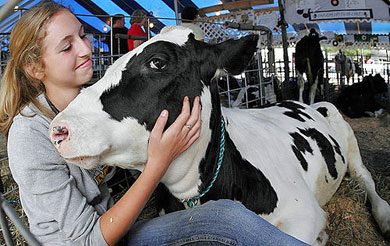 The Whole Story blog of Whole Foods is a favorite target. It must be a challenge to keep getting people to pay a premium for crap.
The Whole Story blog of Whole Foods is a favorite target. It must be a challenge to keep getting people to pay a premium for crap.
Today, they put aside the pretentions and said this is why you should pay more – for crap.
“Well, our turkey standards prohibit animal by-products in feed and require space for normal turkey behavior. So isn’t it worth it that when a turkey is raised with these standards its meat costs more?”
I’m interested in turkey that doesn’t make me barf. Can you provide that?
Seeduction bread or whole wheat sandwich bread made without artificial dough conditioners and preservatives is about 14¢ more per sandwich compared to leading conventional brand whole wheat sandwich bread.
I’m a fan of chemistry, Is Whole Foods a fan of witchcraft?
Organic Mustard (and I have no idea why the ingredients are capitalized, must be that unique Whole Foods writing style) helps you avoid exposure to pesticides with your sandwich and is less than 2¢ more per serving.
Organic is a production standard that has huge tolerances for synthetic chemicals and any kind of so-called natural chemicals.
Organic Lettuce is another good choice for your health and that of the planet and costs about $1.00 more per head.
 Why? Is it safer? No. Do the production methods extract less of a toll on the soil? No.
Why? Is it safer? No. Do the production methods extract less of a toll on the soil? No.
Tomatoes taste best (and have more nutrients) when they are picked ripe, so look for local and in season, as well as organic. Local may cost less, organic about 20% more.
Food porn, nothing to back this up.
Lunchmeat that doesn’t contain artificial colors, flavors or preservatives such as added synthetic nitrates or nitrites and from animals raised to meet our animal welfare standards- you get all that for about 25¢ more per slice.
This has nothing to do with food safety. Whole Foods is familiar with listeria?

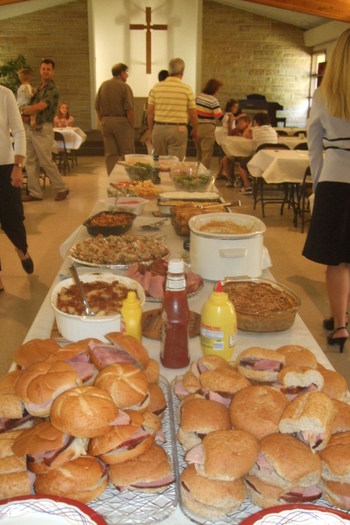 With the July 4 holiday on the way, Whole Foods is once again
With the July 4 holiday on the way, Whole Foods is once again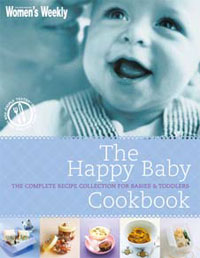 and urging states to strengthen their regulations to minimize the hazards of raw milk. …
and urging states to strengthen their regulations to minimize the hazards of raw milk. …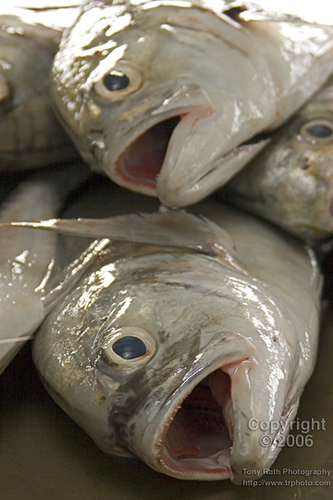 Of course it does, we’re at least 20 hours from any major body of water.
Of course it does, we’re at least 20 hours from any major body of water. Willard showed up in a cameo in yet another movie – the guy’s everywhere – and I was telling her about this wildly satirical talk show featuring Willard as sidekick Jerry Hubbard, and host Barth Gimble, played by Martin Mull.
Willard showed up in a cameo in yet another movie – the guy’s everywhere – and I was telling her about this wildly satirical talk show featuring Willard as sidekick Jerry Hubbard, and host Barth Gimble, played by Martin Mull. When it comes to offering bad food safety advice,
When it comes to offering bad food safety advice,  Whole Foods Market has
Whole Foods Market has (1)(1)(1).jpg) Just a grocery store. Uh-huh. There isn’t a foodie cause Whole Foods wouldn’t embrace to peddle a few more dollars worth of crap.
Just a grocery store. Uh-huh. There isn’t a foodie cause Whole Foods wouldn’t embrace to peddle a few more dollars worth of crap. Whole Foods, defenders of all things natural and sustainable, is featuring beer
Whole Foods, defenders of all things natural and sustainable, is featuring beer (1)(1).jpg) The Wall Street Journal reported this morning
The Wall Street Journal reported this morning
 I didn’t find any statements on the
I didn’t find any statements on the